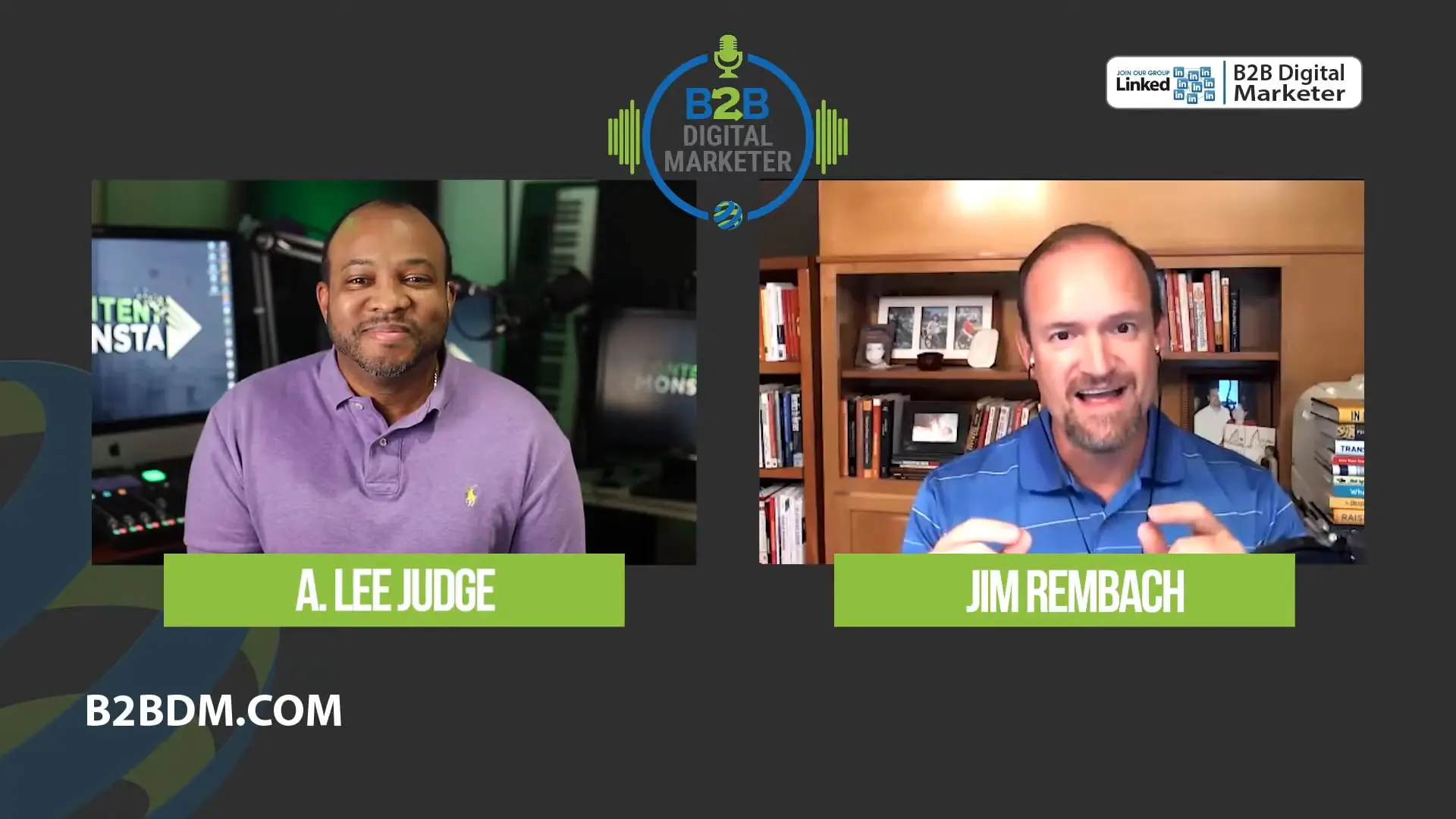[This article was originally published on Forbes.com]
In sales, most of your success will begin in the marketing department. In marketing, most of your results will end in the sales department. Both have to prove their worth. They are both after the same prospects and the same deals. So, why do companies insist on working in silos?
When it comes to marketing, it’s not enough to say, “Our campaign got tons of attention, it was a success!” You know and I know that this claim of success means very little to the CFO or even the VP of sales for that matter. And if the company has proper sales-marketing alignment, the CMO also knows there is little to celebrate. True marketing campaign success means new business and new deals. Don’t think you are going to run that big campaign and just throw leads over the fence to sales. All that attention that you receive has to add up to one thing: money.
Hey, sales, now I’m talking your language, huh? I’m glad I have your attention.
Can Sales Learn to Speak Marketing?
Now, it’s time for you guys in sales to learn to speak marketing. In case you haven’t noticed, your job is getting harder. Why? Because the consumer doesn’t need you to learn about your offering. They are more educated and more informed of their options than ever before. It’s a bit of a double-edged sword, but thanks to your friends in marketing, your prospect knows almost as much as they need to know to make a decision. According to research by HubSpot, 60% of buyers are already in the consideration stage before taking the step to engage with sales.
What does this mean for the salesperson? It means that you need to get in on the marketing if you want your name in the hat when the deal goes down. It means you’ll need to change your mindset to being a consultant, trusted advisor and available to guide your prospect without the threat of the hard sell. Think “I have the answers to your questions” and “I’m here when you need to fine-tune your decision.” So, where does all of this put marketing and sales? It puts you in the same bucket.
What is Smarketing?
It means that today, sales and marketing must work under the same process and plan — not a sales funnel, not a marketing funnel, but a “smarketing” funnel. Yes, smarketing. It is a thing, and you must believe it to survive no matter which team you claim.
I like to refer to smarketing as the notion of tracking a prospect from click to close. (My digital bias is recognized.) Tracking clicks and reactions to your campaign is the “what.” It is quantifiable by how many “what’s” happened. The close, more closely related to the term “opportunities,” is all about the “who.”
The reason silos happen isn’t just because of the old-school train of thought that marketing and sales are clearly separate. It is also because no one wants the responsibility of connecting the “what” to the “who.” What response did your marketing campaign get, and who from that campaign ended up in an opportunity? If you don’t find that last sentence scary, then you have never tried to solve that equation. It can be very difficult.
The answer lies in being able to develop a holistic strategy that deeply involves both marketing leaders and sales leaders. It means creating a process that not only shows value for individual effort on both teams but allows the measurement of effort from the top of the marketing funnel to the bottom of the sales funnel — or, better yet, visibility of smarketing efforts throughout the smarketing funnel.
Here are four key factors must be in place for this to be successful:
1. Marketing technology and sales technology must be connected and complementary to each other.
2. There must be a leader in an operations position who can see the whole game plan, from click to close. This person is key to connecting marketing technology (such as automation and analytics) with sales technology (customer relationship management software, configure price quote software and other sales enablement and social selling tools).
3. From the top down, the organization must understand and accept the concept of multi-touch attribution. One call or one email does not (especially in long sales cycles) equal one deal. It takes multiple efforts on both teams to drive from click to close.
4. Marketing must be dedicated to driving sales, and sales must be dedicated to driving marketing data. This means that marketing must look to see the business results, and sales must take note of where their leads came from.
Conclusion
Successful organizations are realizing and working toward breaking down the silos between sales and marketing. Those who don’t will suffer. They will feel it in the short-term, but will not realize it until the long-term. If you know your company works in these silos, this should disturb you. But you’re not alone. Just know that it is time to take action, and now you have a better idea of where to start.



